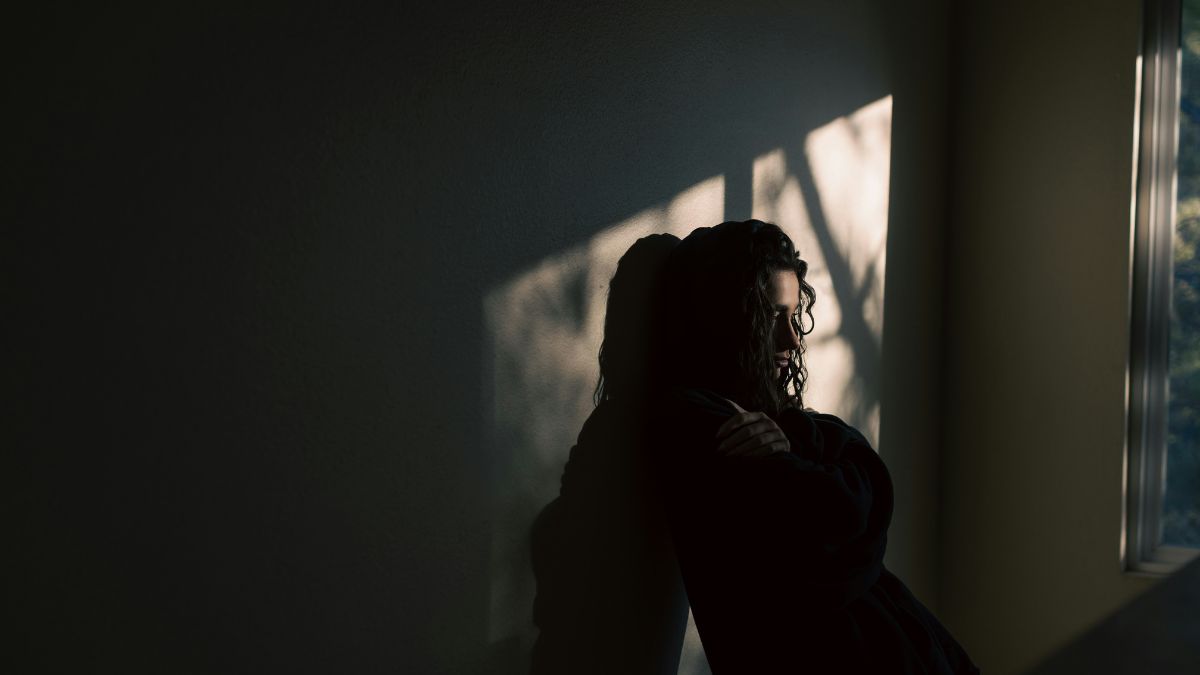

BreakPoint
Art as Torture
The Spanish Civil War has often been called a "dress rehearsal" for World War II. Hitler, Mussolini, and Stalin assisted both sides in what was a brutal conflict. But there was one bit of brutality in that war that was completely homegrown: the use of modern art as a form of torture. Jose Milicua, a Spanish art historian, recently uncovered evidence of what were called "colored cells," used by anarchist forces in Barcelona. The cells, inspired by the work of artists like Wassily Kandinsky and Salvador Dali, were employed in what their designer called "psychotechnic torture" of prisoners. The cells' floors were arranged in a way that forced prisoners to stare at the walls. The walls were curved and utilized mind-altering geometric shapes, "color, perspective, and scale." Lighting created the illusion that the shapes were moving. This produced feelings of confusion, depression, and distress among the prisoners. Spain's leading newspaper, El Pais, insisted that the creators of such "revolutionary and liberating [artistic] languages" as surrealism "could never have imagined that they would be so intrinsically linked to repression." Maybe those artistic "revolutionaries" did not imagine their art could be used to torture, but the artists knew what they were doing. For surrealism and other kinds of modern art, shocking conventional sensibilities was an important, if not the most important, function of art. In their conception, art is supposed to confuse, disorient, and distress. And so what happened in the Spanish "colored cells" differed only in degree, not in kind, from what was happening in art galleries. What's more, the artists, like the creators of the "colored cells," saw a connection between their creations and politics. Art can be a tool for transforming the larger culture. Just about the only connection they did not draw was the one between art and beauty. That connection was severed when the West turned its back on the Christian tradition. And this connection is central to the Christian understanding of art. When we see and appreciate beautiful things, we recognize that this beauty isn't an accident. We know that they are the product of an intelligence, the artist. And, what's more, that artist is the product of an even greater intelligence, the Creator of all. This recognition is why Thomas Aquinas defined beauty as "that which, when seen, pleases." We are pleased when we see the beautiful because we recognize "God's good and orderly creation" in artistic efforts. We glimpse what C. S. Lewis called "joy," that is, a hint of paradise. It is the quality that distinguishes what we call "art," like painting or sculpture, from other human endeavors. And it is this quality of beauty that draws us to art. Much of twentieth century art is the story of a rebellion against "any hint of the sublime or beautiful rooted in creation." Is it any wonder that rejecting the tradition that taught us how to think and create -- a tradition based on a Christian worldview -- would produce ugliness? I have always contended that only a biblical view of life allows you to live rationally. And those Spanish prisoners driven mad by modern art would surely agree. For further reading and information: "Jail cells 'made from modern art,'" BBC News, 27 January 2003. Giles Tremlett, "Anarchists and the fine art of torture," The Guardian (London), 27 January 2003. Karen L. Mulder, "Dauntingly Dantoid: A Philippic on Art of the Last Century," Findings, winter 2002/2003. BreakPoint Commentary No. 020925, "'Criticize by Creating': Art Within." See the Wilberforce Forum's resource page on the arts. BreakPoint has also put together information on different groups in various branches of the arts. Find out about upcoming conferences and events on the arts on the Wilberforce Forum's academic calendar. Steve Turner, Imagine: A Vision for Christians in the Arts (InterVarsity, 2001).
02/7/03















